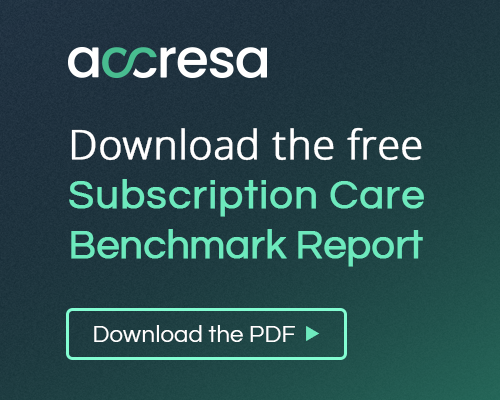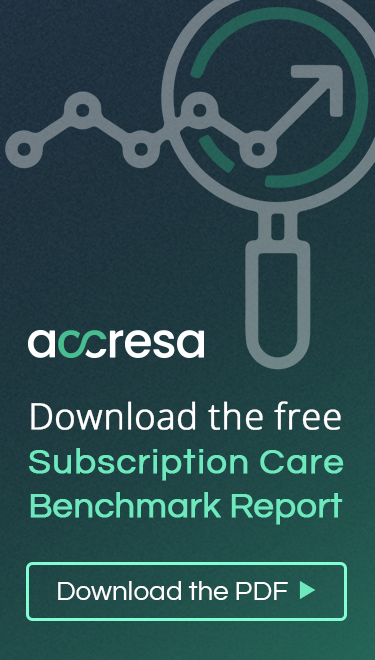A quick look at recent history shows massive disruption in industries like banking, media, manufacturing, travel, and hospitality. What these fields have in common is that successful disruption has removed friction from the acquisition of goods and services. Healthcare often lags behind, but a current movement in US healthcare could see a transformation that saves billions of dollars in the course of healthcare delivery while simultaneously increasing the quality of care and driving better patient outcomes.
However, for this to occur, we need to remove processes and players that are not adding value and, in most circumstances, allow fraud and abuse to run rampant. In this article, we analyze how innovation in payments and transaction efficiencies can be the catalyst for change.
The rise in cash-pay alternatives to traditional fee-for-service (FFS) healthcare reimbursement can be attributed to several key factors, reflecting both systemic challenges within the traditional healthcare payment model and the evolving preferences among patients and providers. So what are these key factors?
Increasing out-of-pocket expenses
The shift towards high-deductible health plans has left patients with more out-of-pocket expenses, prompting a search for more predictable and often more affordable care options outside traditional insurance. The industry is evolving and creating new financial vehicles that allow an employer to allot a certain pre-tax dollar amount to employees and enable them to purchase their own individual plans on the exchange. If funded appropriately, this system can be a win/win for both employer and employee.
The rise of healthcare transparency
Transparency requirements give patients a better understanding of how much contract prices vary between insurance companies. As a result, patients are discovering that, in many instances, a cash price is at or below Medicare and insurance rates, making cash pay a much more attractive offering. Many health systems are also waking up to the reality—that cash-pay transactions can eliminate major operational inefficiencies and positively impact the bottom line.
In the early 90s, when the government created the Medicare Fee Schedule, which is the current framework for most insurance contracts, they were likely unaware of the monster they created. Today, billions of U.S. dollars annually are susceptible to waste, fraud, and abuse from fraudulent billing practices.
Complexity and risk in technology infrastructure
Another factor that has recently entered the conversation is the risk of attacks on technology infrastructure that not only puts patient personal information online but, in the event of a failure, brings the entire payment process to a halt. As Change Healthcare has recently learned, this can lead to months of operational backlog, impacting patient and provider outcomes. Neither side (payer/provider) is immune. Close to 60% of hospital resources are spent on the complex revenue cycle process from patient intake, billing, and chasing accounts receivable. Providers try to maximize their reimbursements through suspect billing practices such as “upcoding,” which leads to significant delays in the payment cycle. Cash-pay simplifies transactions, reducing administrative overhead for providers and making costs more predictable for patients.
Weaknesses in direct payment models
Many of the model’s naysayers will mention the limitations seen with capitation, where we set fixed fee prices for services. Most point to the lack of technology as a key factor in its failure. Healthcare technology has advanced significantly over the past two to three decades, revolutionizing our visibility into the patient journey, and impacting the likely success of direct payment models. We simply didn’t have the data to back direct models up a few decades ago.
Previously, medical records were fragmented, housed in physical files, and difficult to access across different healthcare settings. Today, the implementation of electronic health records (EHRs) has centralized and digitized patient information, making it easily accessible to healthcare providers regardless of location. This ensures a cohesive, up-to-date view of a patient’s medical history, treatments, and progress.
Additionally, technologies such as telehealth platforms have expanded our ability to monitor patients remotely, providing continuous care and oversight that was previously impossible. Wearable health devices and mobile health applications now allow real-time tracking of patients’ vital signs and symptoms, offering insights into their health status and behavior outside traditional clinical settings.
These advancements not only enhance the quality of care by enabling more timely and informed decisions but also empower patients to take an active role in managing their health. Through these technological innovations, the entire healthcare landscape has shifted towards more integrated, patient-centered care.
Looking to the future
So, where do we go from here? Do we seize the momentum to make changes that eliminate 70% of the inefficiencies and create a lasting and economical healthcare marketplace, or do we allow the status quo to continue?
We see this movement as a great opportunity with tremendous potential for future growth. However, we know this cannot happen overnight, and we see hybrid models as a great way to evolve the model. Many insurance companies are beginning to offer direct primary care networks and bundled payments for specialty and inpatient procedures. The model is also gaining traction in other industries, such as dental and urgent care. Additionally, the continued growth of direct primary care (DPC) is helping to accelerate the acceptance of direct payment models in specialty care and chronic disease management.
We still have a long way to go, but with new legislation supporting the direct payment models, along with a renewed zeal among providers, employers, and patients eager to realize the benefits of a more prudent healthcare payment model, we could have an Amazonian moment on the horizon for U.S. healthcare!
Learn More
Accresa is the first payment technology platform to make direct primary care and other subscription healthcare models accessible within workplace benefit plans. Through our robust payments technology and easy-to-use administrative platform, we connect employers and their employees with a growing national network of primary care physicians, clinics, medical groups, and health systems, all focused on our shared vision for delivering a better healthcare experience.


